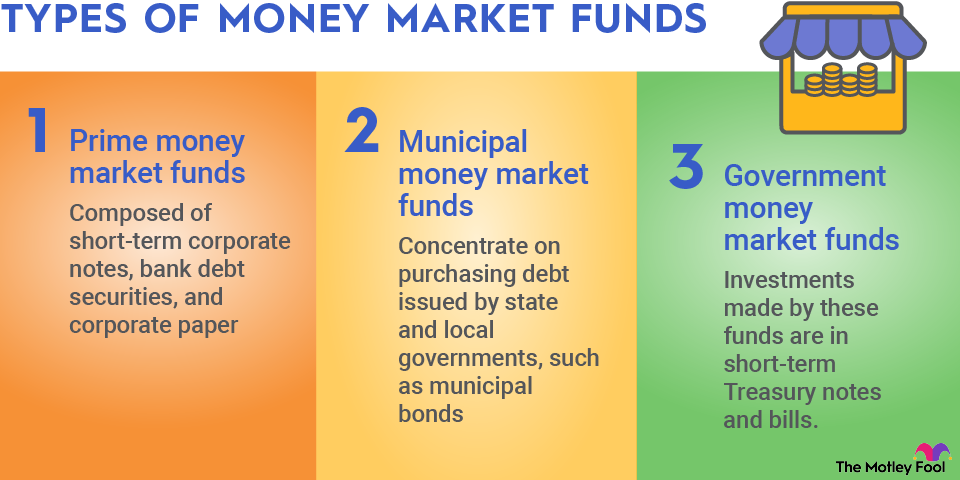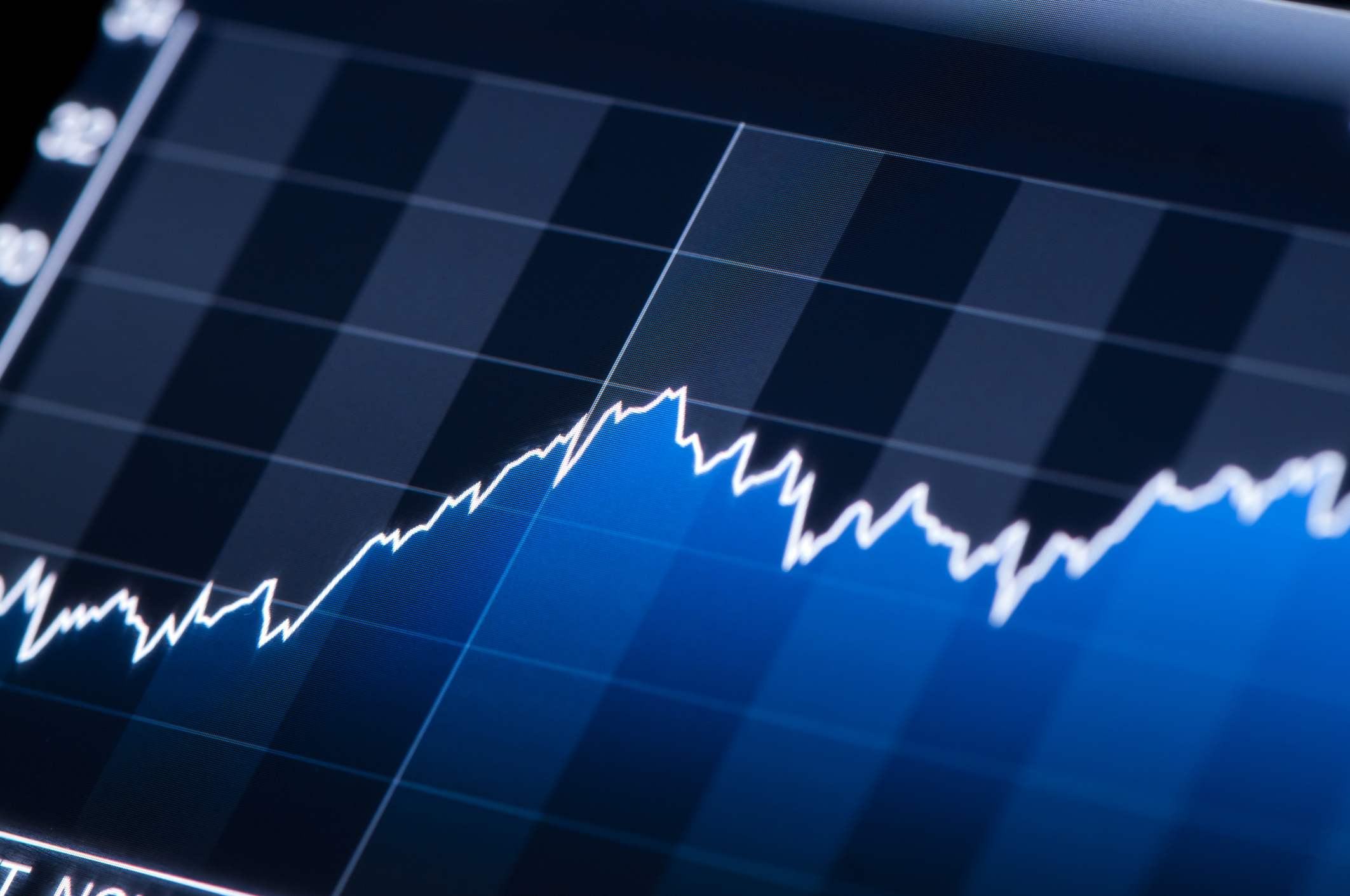Every investor wants to make money in the stock market, and one of the best ways to do it is investing in growth stocks that can generate huge returns.
Some investors refer to these stocks as multibaggers, a term that was coined by Peter Lynch, the famed fund manager who generated monster returns while leading Fidelity's Magellan Fund for 14 years. Lynch is also known for sharing his knowledge with retail investors in several books, including One Up on Wall Street. Here, we'll describe multibaggers -- what they are, how to find them, where they come from, and a prime example of one.

What is a multibagger?
A multibagger refers to a stock that has gained by multiples from its cost basis or from another starting point.
The term is used to denote a stock that could deliver returns of 100% or more. In the parlance of multibaggers, a four-bagger would refer to a stock that has quadrupled, and a five-bagger means a stock that has increased by five times its original value.
Where will the next multibaggers come from?
Although multibaggers can come from any sector, one of the best places to look for them in is the tech sector since it tends to offer the growth potential that multibaggers need. Additionally, not many tech stocks pay dividends, and investors tend to buy tech stocks because of their growth potential and ability to become multibaggers.
During the COVID-19 pandemic, there were a large number of tech stocks that had achieved multibagging returns. However, many of them gave up those gains in a 2022 selloff as valuation corrected themselves.
With those valuations now normalized, a number of tech stocks look poised for multi-bagging returns. Some of the subsectors worth looking into include software, e-commerce, semiconductors, and artificial intelligence.
If you're looking to buy a multi-bagging stock, it makes sense to spread your bets since owning one stock that could turn into a 10-bagger or 20-bagger could mean life-changing returns.
As you look for these stocks, it is a good idea to be mindful of valuation. Although that's not the most important component of a multibagger, a high valuation can derail a potential winner and instead cause you to lose money.
Related investing topics
What a multibagger looks like
One of the best-known multibaggers in recent years is Amazon.
The tech giant is up 142,000% since its initial public offering (IPO), meaning if you had invested back then, you would be sitting on a 1,400-bagger, roughly. The stock may have struggled over the last couple of years, but it's been a nine-bagger over the last decade.
The stock has many of the elements typical of a multibagger. It delivered high revenue growth over a long period of time thanks to its growth in e-commerce and cloud computing. Additionally, the company has consistently invested in long-term growth and convinced investors that doing so has enabled it to establish a wide economic moat.
Amazon has grown despite skepticism that it would be able to do so, overcoming obstacles along the way and delivering massive returns.
The stock is moving higher again as another bull market could be starting, and Amazon stock could soon reach all-time highs.
At a valuation of more than $1 trillion, it will be hard for the stock to be a multibagger from here, but the stock is worth studying as you search for the next multibagging stocks to buy.


















